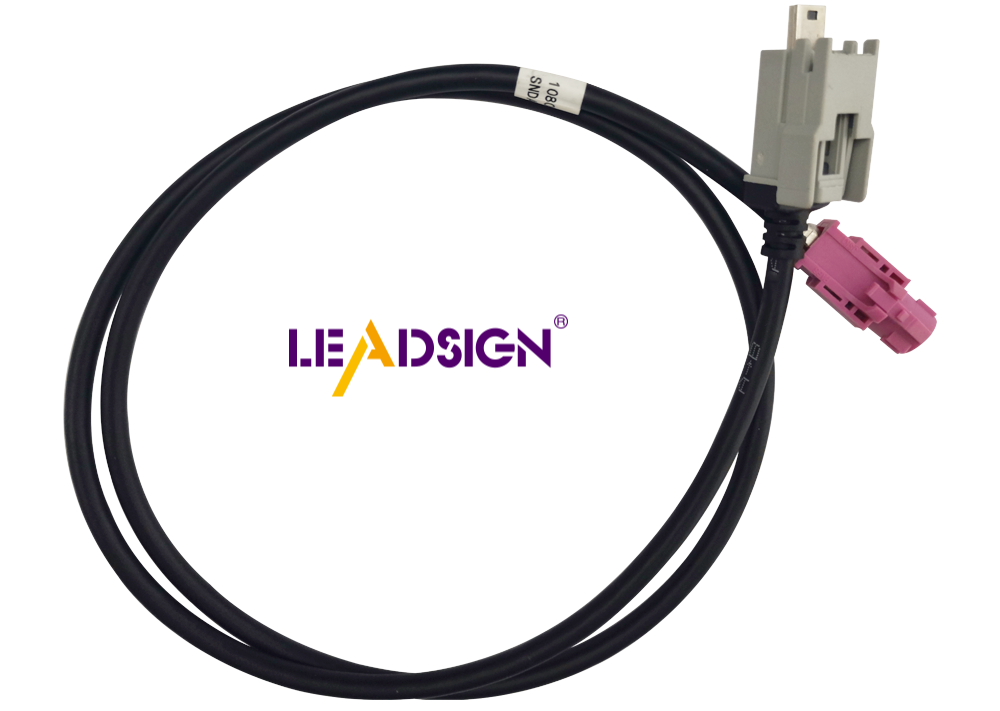Quick Fixes for HSD Cable Connection Issues
Reliable HSD cables ensure devices function optimally. Many individuals encounter issues such as slow data transfer or disconnections. A step-by-step approach can quickly resolve these problems. Coaxial cable connectors and RF cables play a crucial role in establishing robust connections. Understanding these components enhances their performance.
Simple Checks
Look at Cable Connections
Find Loose Cables
Loose cables can cause problems. Check each cable end. Make sure they are tight. Pull gently to see if it's loose. If a cable comes off, push it back in firmly. This easy fix often solves many issues.
Insert Cables Correctly
Putting cables in right is important. Line up the connector before plugging it in. Don't force cables into ports. Wrong alignment can break connectors. Once in, check if the cable fits well with the port. A good fit means stable data transfer.
Check Power Source
Look at Power Cords
Power cords help devices work well. Check every cord for damage like frays or bends. A broken cord can stop power flow. Change any bad cords quickly to get power back.
Check Device Power Status
Device power affects connection too. See if the device turns on. If not, there might be a power problem. Make sure the power button works fine. If still off, try another outlet. A working outlet shows the device is on and ready.
Product Information:
Schleuniger Wire Processing Solutions gives tools for handling HSD cables right.
HSD Twisted Pair Cables Characterization talks about why cable attenuation and pair isolation matter.
Network Setup
Look at Router Settings
Check Wi-Fi Name and Password
Make sure the Wi-Fi name is right. Find it on the router's label or guide. Type the password correctly. Test it with a device. If it connects, the settings are good.
Restart Router if Needed
Restarting can fix problems. Locate the reset button on your router. Press and hold for a few seconds. Wait for it to restart. See if the connection gets better.
Update Software
Open Router Page
Opening the router page is key. Use a web browser. Enter the router's IP in the bar. Log in with your username and password. This lets you make changes.
Do Update Steps
Updates help performance. Look for updates on the router page. Follow all instructions shown carefully. Wait until it's done updating. A good update makes connections stronger.
Advanced Troubleshooting
Try Different Devices
Use Other Computers or Gadgets
Test with another computer or gadget. Connect it to the HSD cable. Check if it works better. A new device can show if the first one has issues.
Look for Repeated Problems
See if other devices have the same problems. If all devices have trouble, the cable or network might be faulty. Repeated issues mean it's not just one device's fault.
Ask for Help
Collect Important Details
Gather important details before asking for help. Write down any error messages you see. Note when the problem started. List what you've tried already. This info helps support understand quickly.
Contact Your Service Provider
Reach out to your service provider for assistance. Call or email their support team. Clearly explain what's wrong. Share the details you collected. They can offer solutions or send a technician if needed.
Coaxial Cable Connectors and RF Cable Considerations

Understanding Coaxial Cable Connectors
Coaxial connectors help keep connections steady. There are different kinds like F-type, BNC, or RCA. Each one is used for a special job. Picking the right one helps your devices work well.
Coaxial connectors are very important for HSD cables. Good ones keep signals strong. They stop data from getting lost. Make sure connectors fit tightly. Loose ones can cause problems.
RF Cable and Signal Integrity
RF cables move data between devices. They carry radio signals to things like routers and modems. The cable's quality affects speed and how well it works.
Keeping signal quality high is key. Look at RF cables for damage signs. Bad cables make signals weak. Change old cables fast if needed. Good RF cables work better over time.
Fix HSD cable issues with these steps. Check cables and power sources. Look at network settings too. Try other devices to find problems. If problems stay, ask for expert help. Experts can solve tough issues. Use extra guides for help. Coaxial connectors and RF cable quality matter a lot. Make sure they are in good shape. Strong connections make devices work better. Keep learning to keep connections strong.
See Also
Boosting Connectivity Using HSD LVDS Cables
Significance of HSD Cable Assembly in Contemporary Technology
Improving Vehicle Performance with HSD to USB 2.0 Cables
Significance of HSD Connectors in Contemporary Technology
Optimizing Infotainment: Harnessing the Power of HSD to USB Cables

